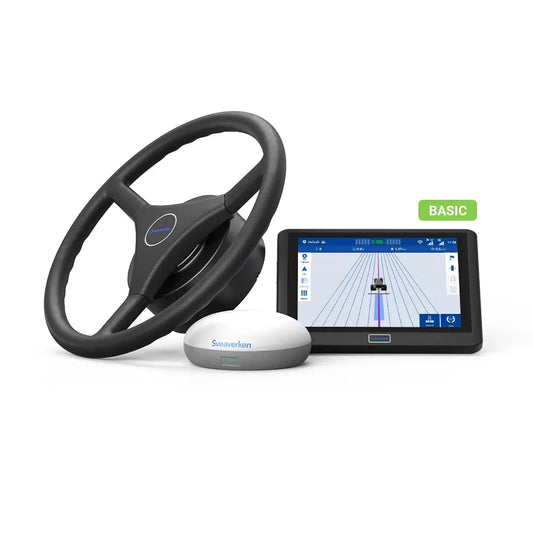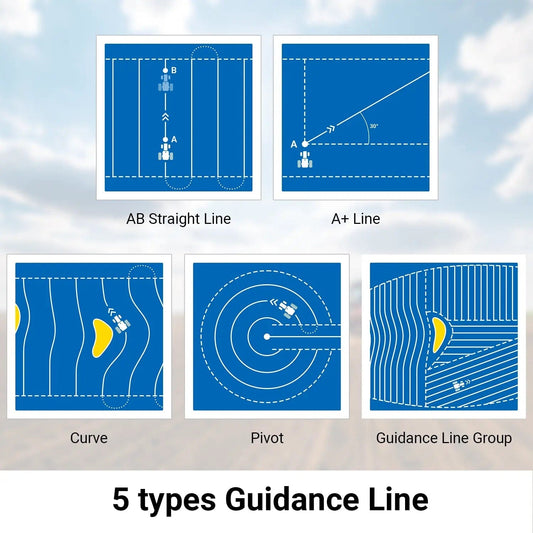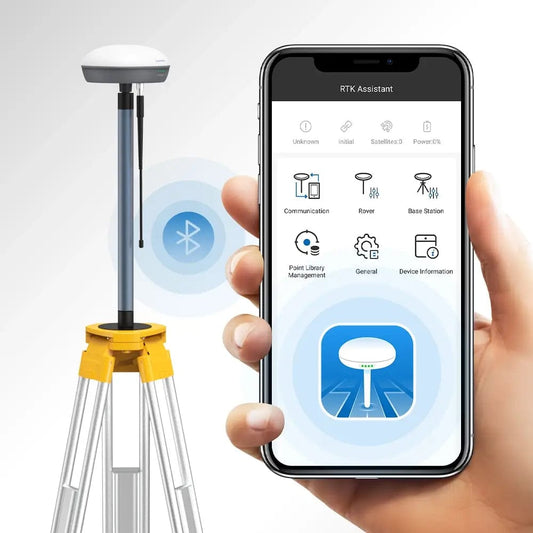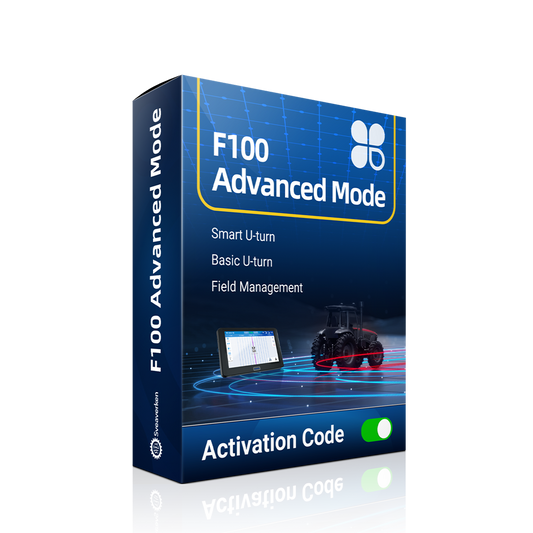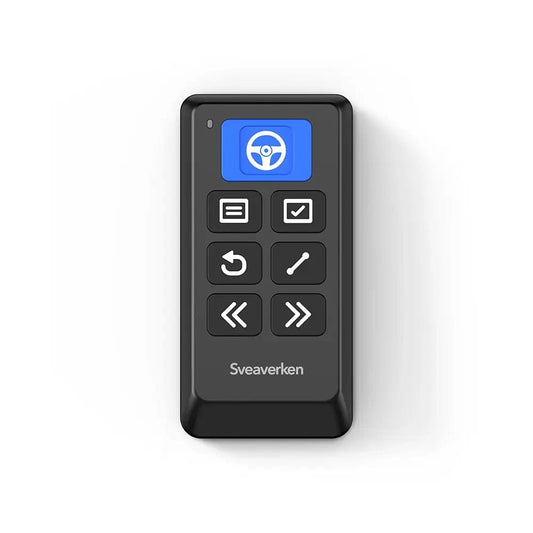Introduction: The Essence of Spring and Agricultural Challenges
Challenges of Traditional Spring Farming
-
Rising Labor Costs
Amidst the blooming fields, an underlying challenge looms—the escalating costs associated with human labor. Data from various self-owned farms reveal that labor expenses constitute a staggering 59.5% of the entire cost distribution, excluding employer's tax. The management of expansive acres demands significant physical effort, amplifying labor costs for farmers.
-
Seed Resource Waste and Reduced Land Utilization
As farmers till the fertile soil in anticipation of a rich harvest, traditional practices lead to inefficiencies. Inaccurate row spacing results in seed resource waste, prolonged cultivation periods increase fuel consumption and accelerate equipment aging, while inaccurate land use can reduce overall productivity.
-
High Time Costs
Precision Farming Solutions for Modern Spring Farming

-
Cost Reduction
-
Increased Efficiency
Increased Utilization of Land: Leveraging RTK technology, the F100 System ensures 2.5cm high precision control of seed row spacing, reduces the area of land skips and land overlap by 3%, improves land utilization and guaranteeing optimal output efficiency.
Reduced Cultivation Time: The F100 Auto Steer System relies on a precise tractor GPS system that enables full coverage of the land to be tilled in a single operation, minimizing tractor operation time and reducing fuel consumption. The Smart U-turn feature in F100 Advanced System strategically plans the shortest turning paths, reducing the time spent on inaccurate turnarounds.
90% Tractor Compatibility: The F100 system is highly adaptable and innovative, with remarkable compatibility that caters to over 90% of existing tractors. This means that farmers can avoid the hefty expense of replacing their current machinery. Instead, they have the option to transform their existing equipment into semi-intelligent assets through the system. By integrating advanced navigation systems, farmers can alleviate financial burdens and open avenues towards a more flexible and intelligent agricultural future. Opting for this adaptable solution not only modernizes operations economically but also paves the way for a smarter and more sustainable agricultural landscape.
Suggestions for retrofitting old tractors can be found in this blog (How to Improve the Productivity of Old Tractors)·
Choosing the Right F100 GPS Guidance Systems for Tractors
- Basic System: The basic system includes essential features such as five types of Guidance Lines (AB, A+, Curve, Pivot, Line Group), Guidance Line Translation, Asset Library, Terrain Compensation, and Basic U-turn (requires additional unlocking fee). Typically, the basic version is suitable for smaller farming areas or customers with less demanding field operation requirements.
- Advanced System: In addition to all the features of the basic system, the advanced system offers powerful functionalities. Field management can identify field boundaries and manage multiple fields, making it more suitable for planting and managing large farms. The Smart U-turn feature enables automatic path planning for significant fields, aiming to optimize land use and reduce fertilizer waste. Therefore, it is well-suited for farmers with multiple fields or complex farming tasks.
- RTK Bundle: (F100 Advanced System + RTK Base Station): For those who demand the utmost precision in their farming processes, the RTK Package is the recommended solution. Combining the advanced features of the F100 system with the permanence of RTK signal from the RTK Base Station, this package eliminates the need for additional RTK signal subscription fees. Farmers requiring 2.5cm high accuracy will find this to be the most cost-effective solution, ensuring unparalleled precision in their planting endeavors.


